By Phil Zimmer
Radar, atomic bombs, jet engines and early cruise missiles were among the numerous technological advances of World War II. It was not always high technology that made the difference in battle, however, but rather spirit and spunk, especially early in the war when Great Britain largely stood alone against the combined onslaught of the Axis forces.
One such example was the Fairey Swordfish, a slow-moving, fabric-covered biplane used by the British in the stunning November 1940 attack on the Italian fleet at Taranto. Six months later a venerable Swordfish incapacitated the mighty Bismarck, enabling the Royal Navy to close on and sink the pride of Adolf Hitler’s navy. Both engagements showed how a determined and outgunned people could, indeed, outmaneuver a fierce foe. The Axis powers were placed on notice that victory was not to be a cakewalk, even prior to Germany’s disastrous decision to invade the Soviet Union on June 22, 1941.
The “Stringbag”
The Swordfish had its origins in the early 1930s, when it was developed by the Fairey Aviation Company in Middlesex for use in spotting for British naval guns, general reconnaissance, and torpedo and conventional bombing. Powered by a single Bristol Pegasus IIIM radial engine, the biplane had a maximum speed of 138 miles per hour, its 45.6-foot wingspan crosshatched with bracing wires. That gave rise to its “Stringbag” nickname, referencing the cross-hatched net bag that housewives used to trundle home their groceries.
Technically, the craft was obsolete by the time World War II arrived, having been bypassed by sleeker, more powerful all-metal combat aircraft. But the Swordfish’s sturdiness and versatility—as well as its ability to take off and land from the early British carriers—made the biplane still useful to the war effort. With the addition of an auxiliary fuel tank, the Swordfish could range some 1,030 miles, nearly double its usual range.
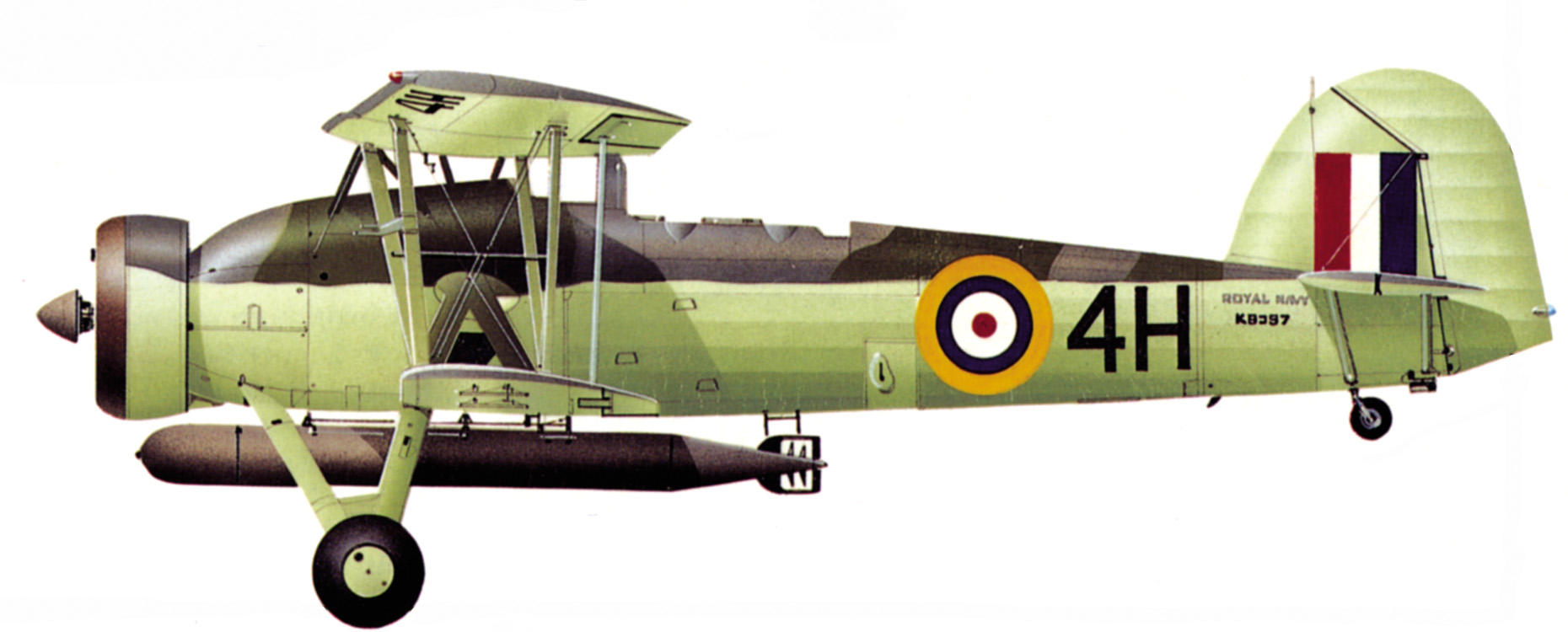
A Formidable Fascist Fleet at Taranto
Early in the war, the British and the Italians were struggling for supremacy in the Mediterranean. Taranto, located at the heel of the Italian boot, housed most of the Italian fleet in 1940 and stood in the midst of the vital sea lanes that linked British interests from Gibraltar to Egypt to India, Australia, and the Far East. The Mediterranean and the Suez Canal were also keys to maintaining Allied ties to the crucial oil-rich Persian Gulf.
The Italian navy was not to be taken lightly. Strongman Benito Mussolini had poured substantial money and manpower into modernizing the fleet. As early as May 3, 1938, he was able to dazzle Hitler and other observers with a virtuoso performance off the coast of Naples, where 190 Italian warships, scores of submarines, and an armada of aircraft put on an impressive display. The cruisers Fiume and Zara topped the show, destroying a target ship 11 miles in the distance.
British admiral Andrew B. Cunningham knew the stakes involved at Taranto. The Royal Navy would have only one shot at overwhelming the Italians in their home port. But the harbor at Taranto was exceptionally well defended. Although the Italians did not have radar, they did have 13 large listening devices that could detect airplanes from miles away. British reconnaissance revealed three rows of barrage balloons with dangling wires to snag the wings and propellers of enemy plans. The Italians were aware that an attack was probable, and their defenses were on high alert. There were some 21 batteries of four-inch antiaircraft guns, 84 automatic cannons, more than 100 light machine guns, and 22 powerful searchlights to blind oncoming pilots. Six Italian battleships, seven cruisers, and 28 destroyers at Taranto bristled with more than 600 antiaircraft guns. Huge anti-torpedo nets extended across much of the harbor, adding yet another layer of defense for the Italian fleet.
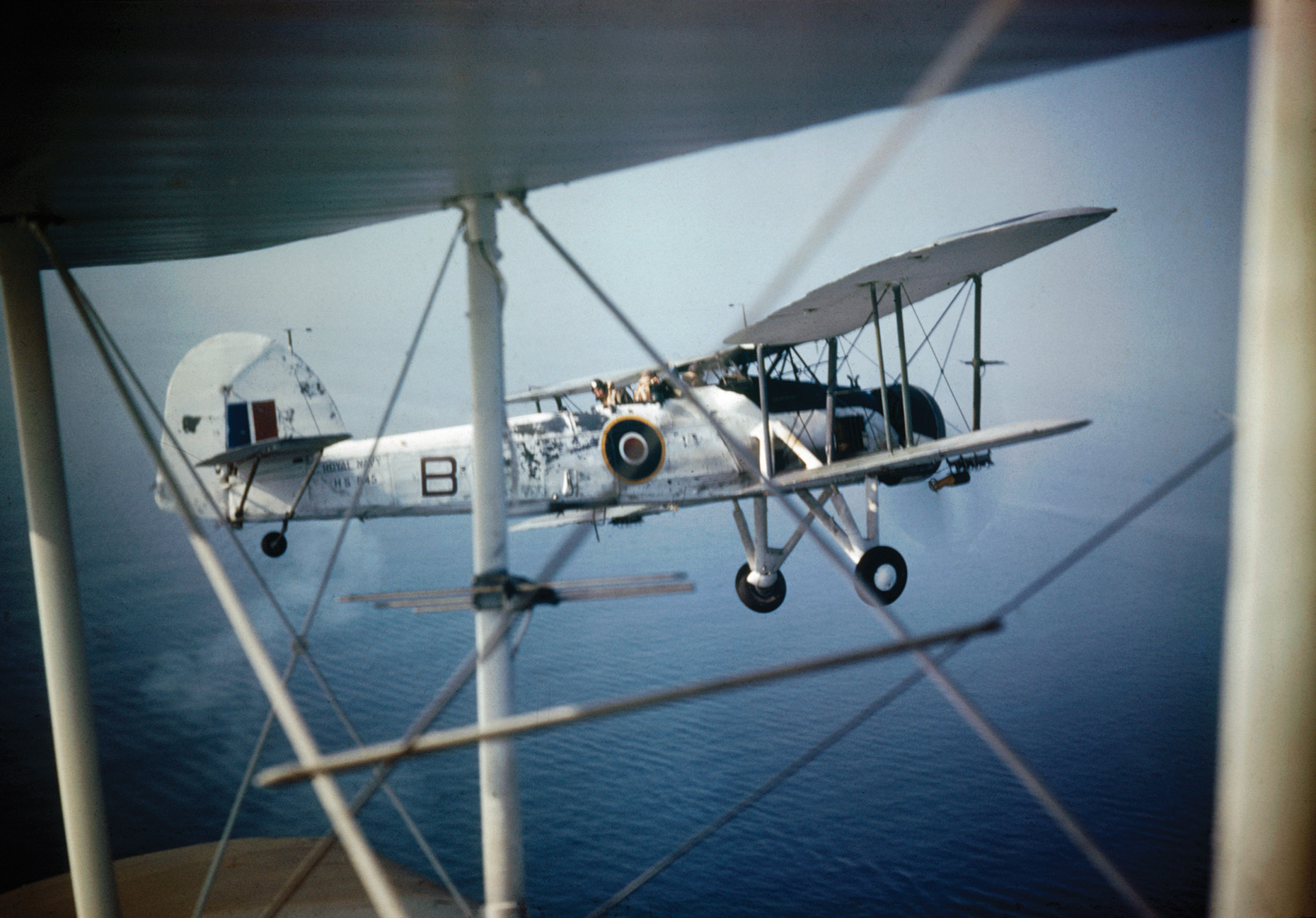
Finding the Weapons For the Raid
The British dusted off an old war plan drawn up in 1935 by Admiral Dudley Pound that called for an air-launched torpedo attack on Taranto. As a bonus, Rear Admiral Arthur L. St. George Lyster had served at Taranto in World War I, assisting Great Britain’s Italian allies. Between wars, Lyster had trained many of the Swordfish air crews. Lyster updated the five-year-old attack plan and presented it to Cunningham at a September 1940 meeting in Alexandria, Egypt. Great Britain’s position was increasingly precarious following the fall of France and the loss of much of the British Army’s equipment at Dunkirk. The Blitz was raging at home, and the Italian Army was a short distance from Cairo.
Cunningham pressed on, knowing he had Lyster’s trained air crews and reliable reconnaissance photos taken by British planes based in Malta. To confuse the Italians about the scope and nature of the operation, Cunningham had his naval force broken into six components, along with four convoy groups of supply and transport ships. Some came from Gibraltar, others from Alexandria. All were apparently bound for Malta. The carrier force under Lyster, including four cruisers and four destroyers, was able with this naval sleight-of-hand to sneak away from its position between Crete and Malta, and head north.
The Swordfish had been fitted with auxiliary fuel tanks for the long trip, which necessitated reducing the usual three-man crew to two men. This put even more pressure on the men as they navigated through the dark via compass readings and air speed calculations. The biplanes were to take off in two waves from the carrier HMS Illustrious on the evening of November 11, 1940. The first flight would split, with part coming in at night from the west and launching torpedoes at the battleship Cavour, while the other wave would come in from the northwest, hopefully confusing the defenders, then turning south to attack the battleships while dodging flak and an array of barrage balloons.
The torpedoes were especially rigged for Taranto’s rather shallow waters (40-45 feet deep) and carried what the British called duplex pistols, or detonators, that would trigger on contact or in passing under the magnetic hull of a ship. To be effective, the biplanes with the torpedoes had to fly straight and level, making the Swordfish perfect targets for antiaircraft gunners. The aircraft carrying bombs had six 250-pounders, while those with illuminating flares carried only four bombs.
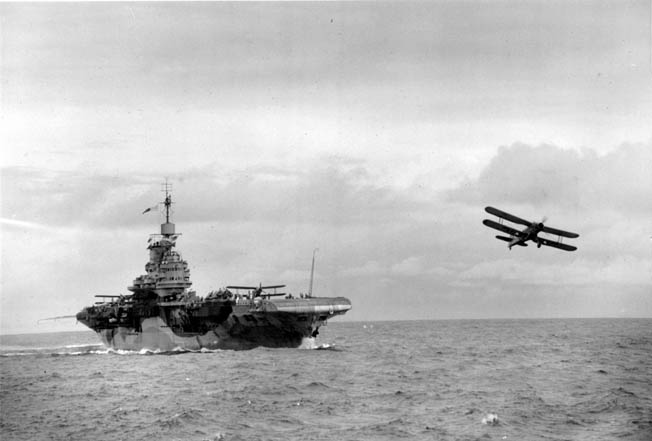
The Devastating Attack on Taranto
The harbor at Taranto was a scene of confusion and destruction as the sun rose on the morning of November 12. The battleship Littorio had sustained three large holes in her hull, and her bow was underwater with an unexploded torpedo found under her. It would take Italian workers some five months to bring the ship back into service.
The battleship Caio Duilio had two magazines flooded and had to be beached to be saved. It would be six months before she would see service again. The dreadnought Cavour had settled to the bottom of the harbor, her decks awash. The Italians managed to refloat her in July, and she was still under repair in Trieste when the war ended. Trento, a cruiser, had sustained ruptured oil tanks, and spilled fuel was afloat in the inner harbor. Months were needed to repair Trento’s ruptured bulkheads and ducts. The destroyers Libeccio and Pessagno were heavily damaged by near misses from the bombs.
Mussolini and his navy had received a black eye at the hands of the British. It was clear for all to see that their best harbor—and the one closest to the sea lanes—was not secure despite all the precautions. The next day, two undamaged battleships, Vittorio Veneto and Giulio Cesare, were moved up the boot to Naples to keep them out of harm’s way. Italian morale sank, and British spirits rose after the battle, which caused many around the world to question the future of battleships.
The action at Taranto triggered the curiosity of one particularly interested party: Lieutenant Commander Takeshi Naito, assistant air attaché at the Japanese embassy in Berlin. Naito was at Taranto within days, closely questioning his Italian allies and taking careful, copious notes. In mid-December, two German officers also appeared on the scene and filed an additional report on the damage. In little more than one year, many of their observations would be put to use by Japan in the sneak attack on Pearl Harbor.
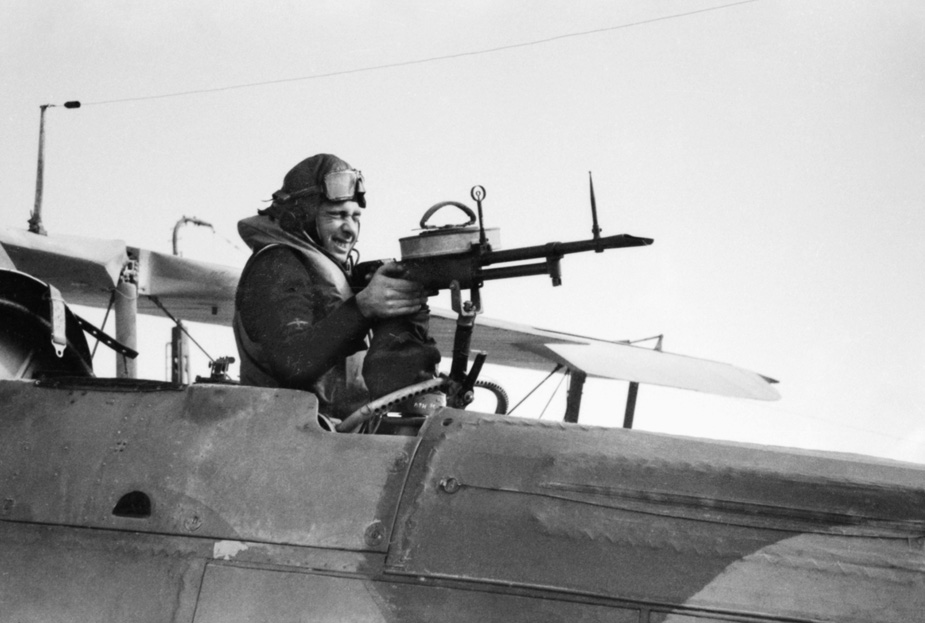
Stalking the Bismarck
Meanwhile, the naval war continued. In late May 1941, the 814-foot-long Bismarck, fully loaded at nearly 51,000 tons, and the heavy cruiser Prinz Eugen broke free from German waters and made for the North Atlantic. In the flight, Bismarck managed to rather quickly dispatch the pursuing battlecruiser HMS Hood, the epitome of traditional British naval power. There were only three survivors from among Hood’s 1,700-member crew. The British battle cruiser went down at approximately 6 am on May 24, following an eight-minute exchange with Bismarck. Seamen on the nearby battleship HMS Prince of Wales saw Hood torn apart, her bow rising vertically in the air, the twin 15-inch guns of her front turret firing one last defiant salvo.
The stakes had been raised, and the pursuing British were more determined than ever to destroy or drive Bismarck and the accompanying cruiser back to port. A Swordfish from HMS Victorious managed to damage Bismarck on the night of May 24-25, slowing her slightly. Aboard the carrier Ark Royal, 15 Swordfish were prepared for flight, with one to be held back for reserve. The ship was pitching wildly, rising and falling on 55-foot waves in the 40-knot wind.
The cruiser Sheffield had been ordered to close quickly on the attack. The Swordfish crews had been told that there were no “friendlies” in the attack sector, so in spotting Sheffield, the aircrews assumed it was Prinz Eugen and went in for the kill. Fortunately for Sheffield, six of the 11 torpedoes exploded on hitting the sea, and the vessel managed to evade the other five. The aircrews realized the mistake, with one plane reportedly signaling, “Sorry for the kipper.”
Sheffield next caught sight of Bismarck in the heavy weather, and she sent out a stream of reports as she shadowed the German ship. The humiliated aviators were determined to make a second run at Bismarck to restore their reputation and avenge Hood. This time, 17 Swordfish were prepared, with two of them held in reserve.
It was fortunate for the British that they were flying the Swordfish, probably the only aircraft that could have pulled itself into the air during the strong gale that was sweeping Ark Royal’s flight deck.
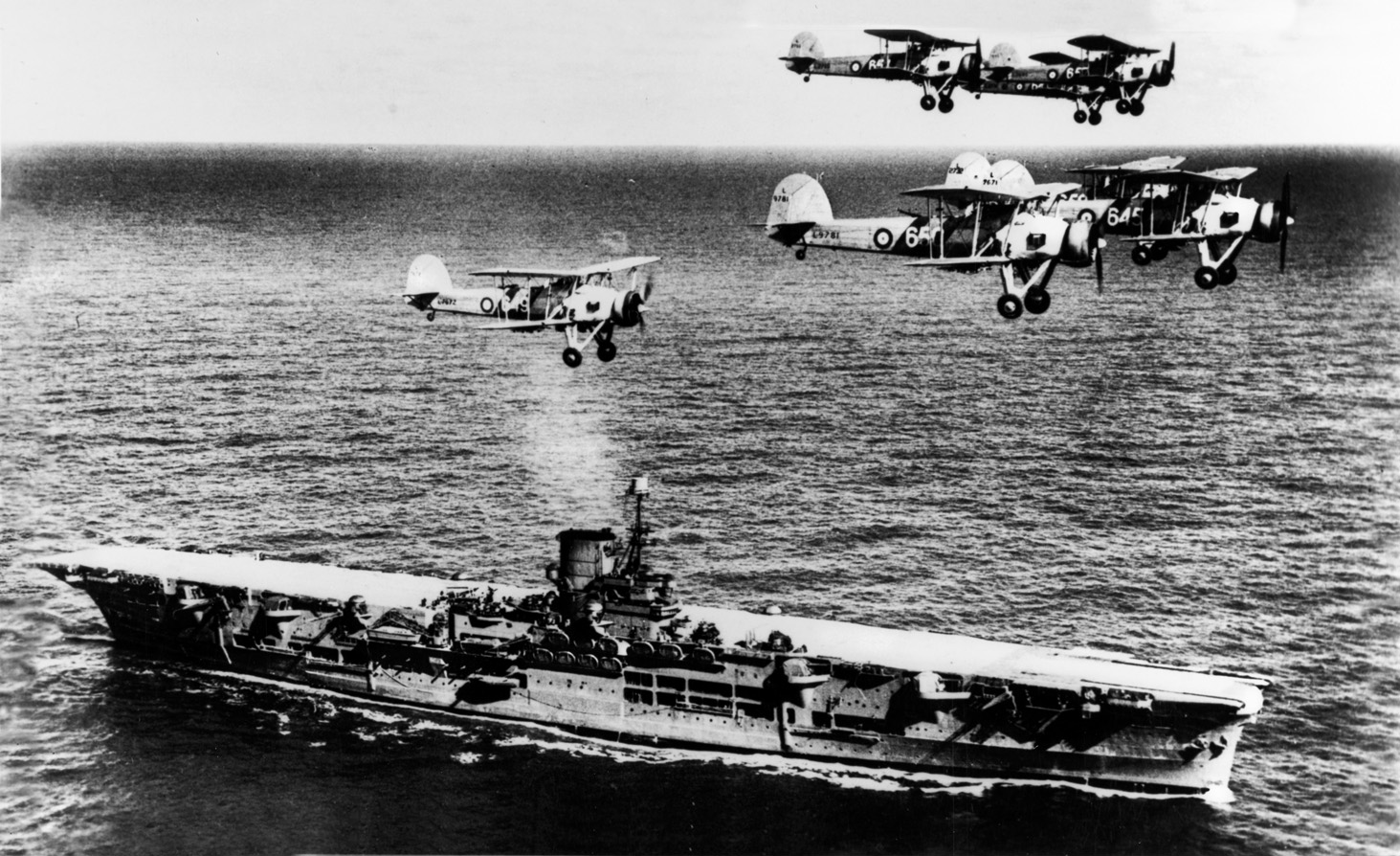
The Swordfish Descend Upon the Bismarck
The Swordfish lifted off shortly after 7 pm on May 26, gained altitude, located Sheffield and this time used it as a way-finder rather than a target. Once Bismarck was spotted, the pilots split into five sub-flights of three aircraft each. In the rising and falling sea, Bismarck gunners had difficulty sighting on the planes. In addition, there was a 40 knot northwest gale pushing the slow-moving planes sideways at nearly half their forward speed, presenting German gunners with another confusing calculation as the Swordfish pressed the attack. They scored three hits on Bismarck, two forward of the aft turrets that did little damage and a third that wrecked her steering system. In retaliation, Bismarck lobbed a series of 15-inch shells at the smaller Sheffield, causing the British ship to lay down a smokescreen and make a discreet spin away at full speed. A solitary Swordfish, high above on shadowing duty, continued to track the wounded Bismarck for the British fleet.
The damage to Bismarck’s steering system enabled the battleships King George V and Rodney to close for the kill on the morning of May 27, ending a pursuit that had lasted five days and covered more than 1,700 sea miles. In the resulting shootout, Bismarck took a number of serious hits as Rodney closed to 2,000 yards to finish her off. Dorsetshire also closed, firing some 255 eight-inch shells. King George V, located five miles off, lobbed shells when she was sure she would not endanger the other British ships.
Someone aboard King George V noted that the ship’s Polish midshipmen were absent from their stations. They were found below deck sharpening knives and bayonets believing that boarding was imminent and they would have an opportunity to help settle matters personally with the Germans.
A number of torpedoes fired from the British ships had hit home. Dorsetshire provided the coupe de grace, firing a round of 21-inch torpedoes into the side of Bismarck and sending her to the bottom. German survivors would later claim that they had scuttled the ship and put her down themselves. Either way, Bismarck was now below the sea and no longer a menace to Allied navies and shipping, thanks in a large measure to an outdated biplane that initially incapacitated the state-of-the-art German warship.
Against Overwhelming Odds
The Swordfish was used around the world during the remainder of the war. It was pressed into service escorting convoys of merchant ships supplying both Great Britain and the Soviet Union, in addition to providing coastal coverage off Allied shores around the world. Two squadrons of Swordfish took part in the British attack on the Vichy French-held island of Madagascar, and others saw action in Greece and Iraq. Like the British people themselves, the Swordfish proved that spirit and spunk could indeed prevail against seemingly overwhelming odds.
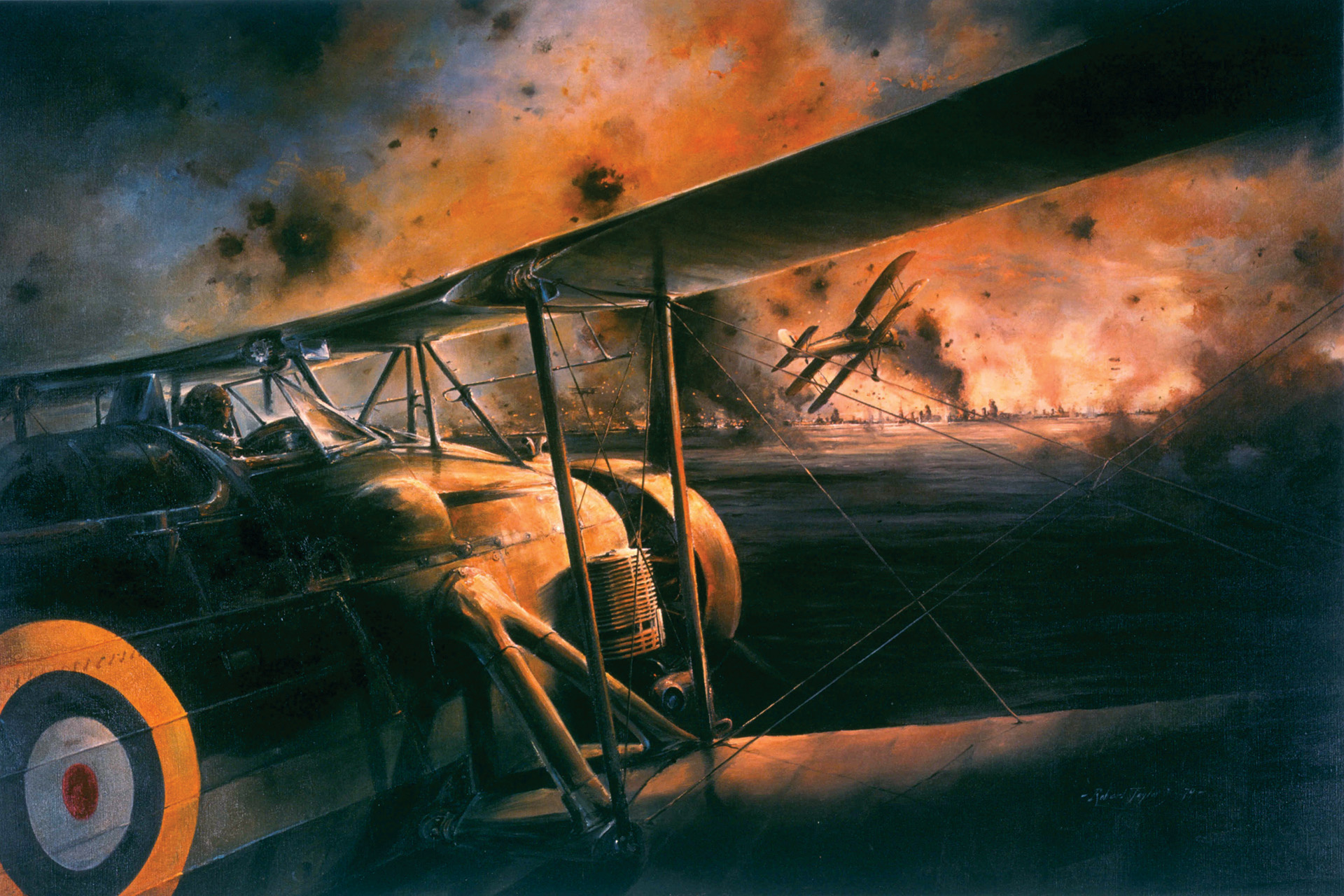
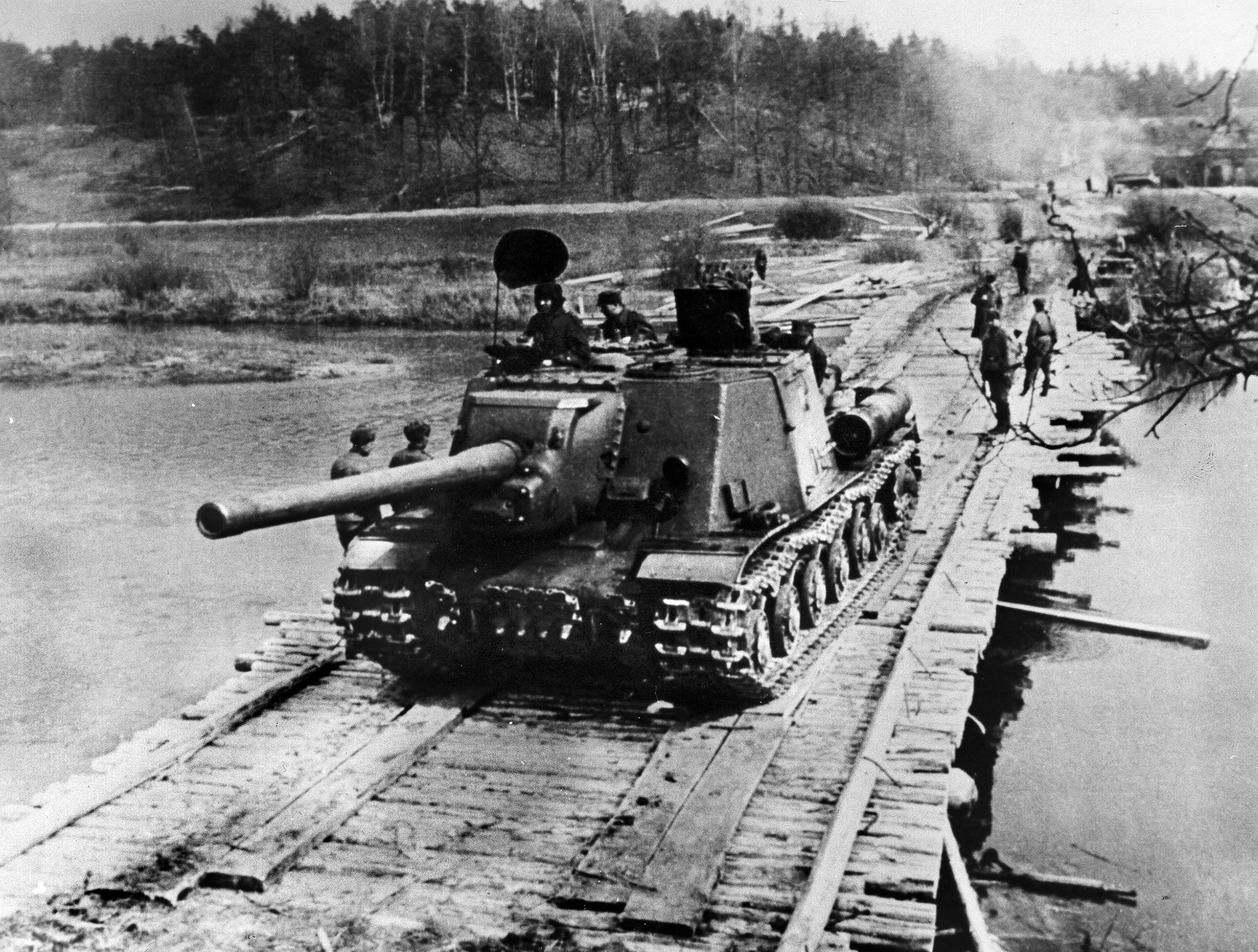
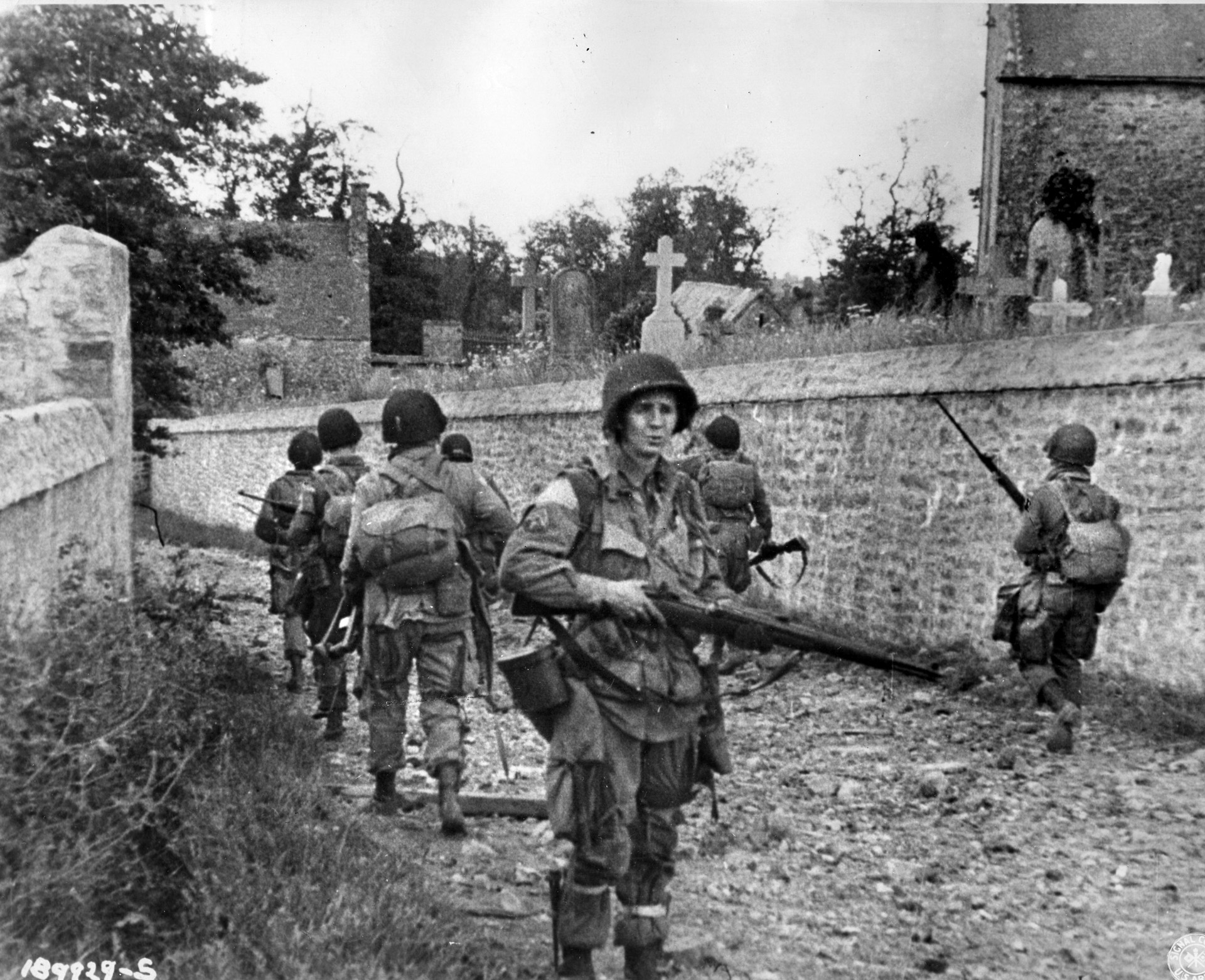
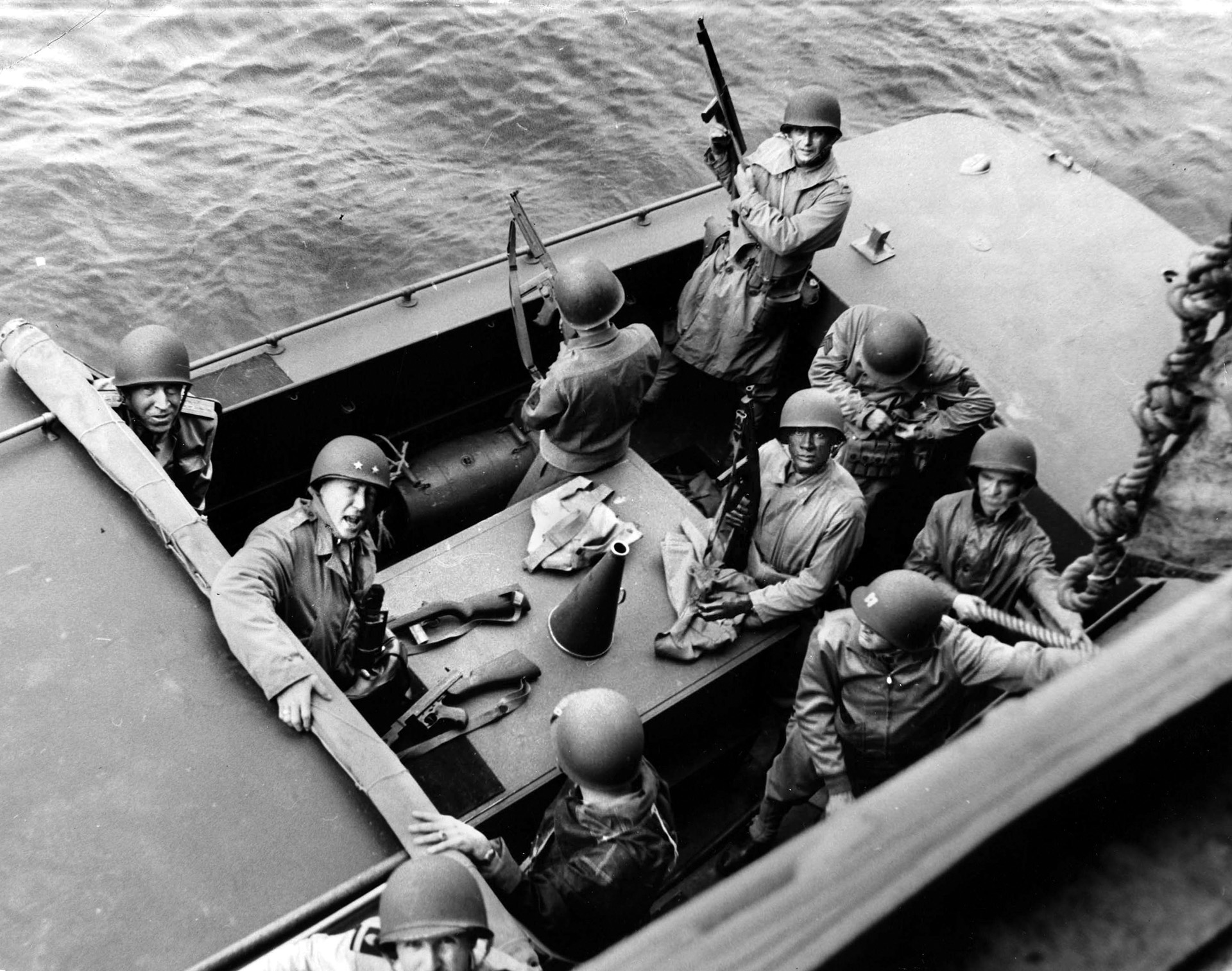
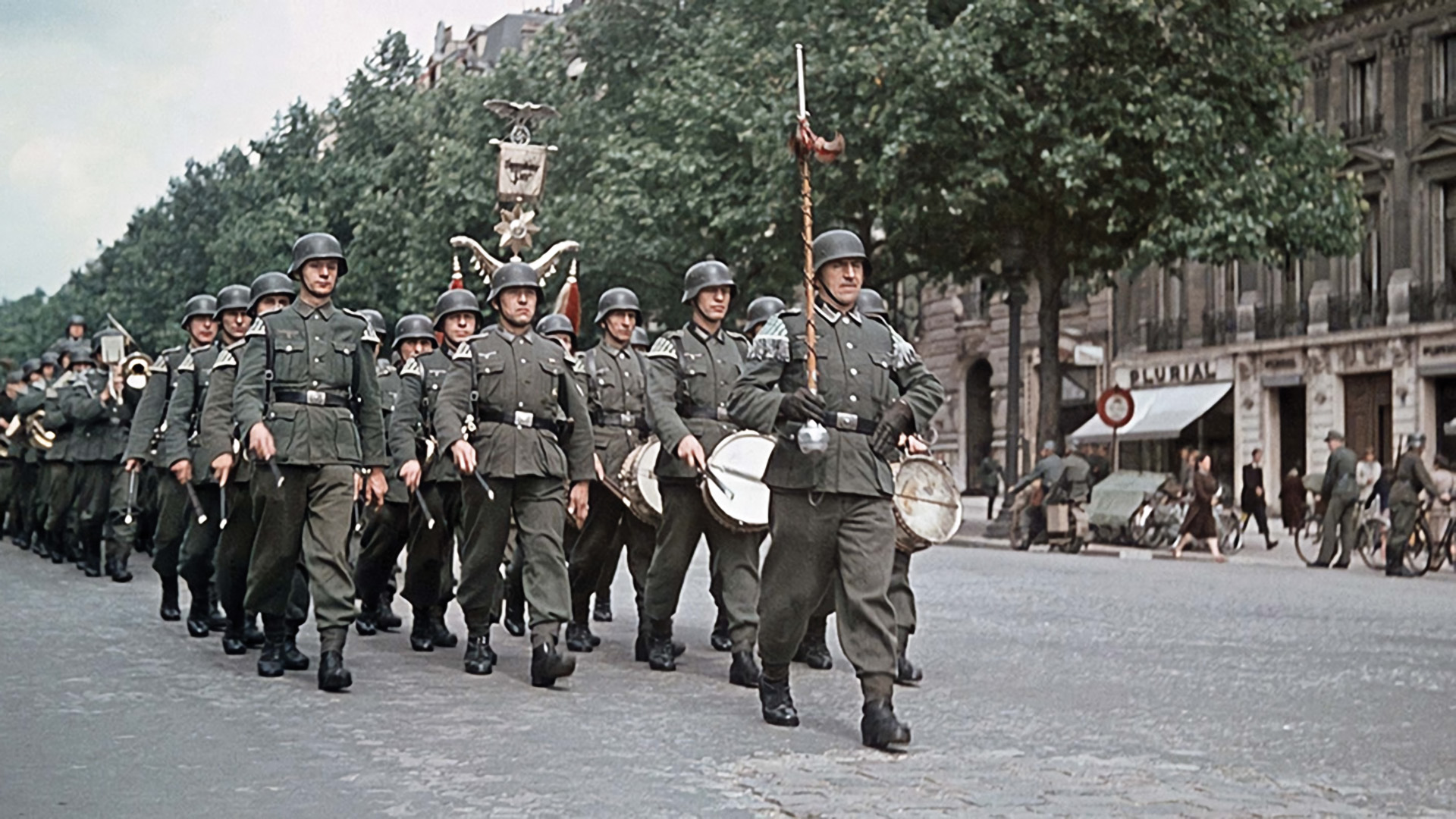
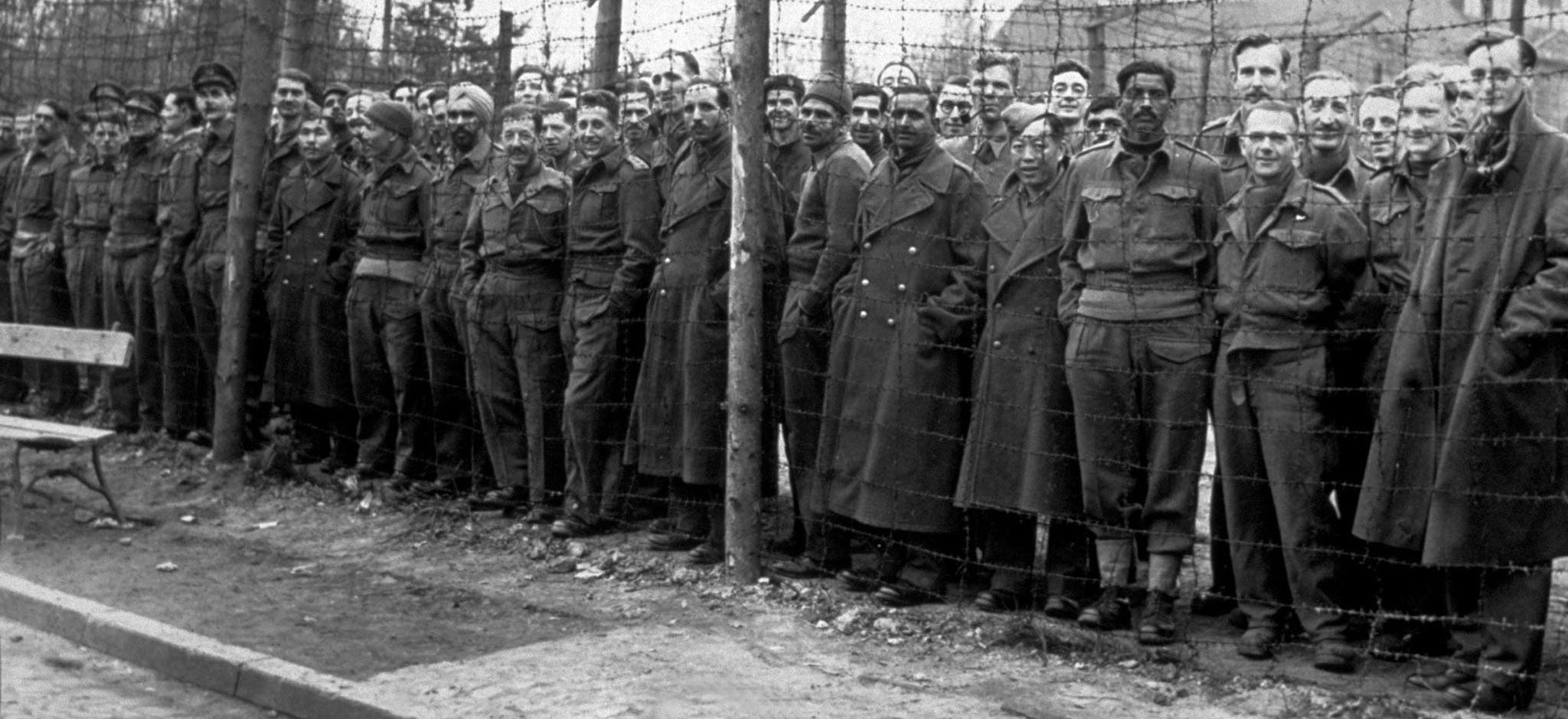
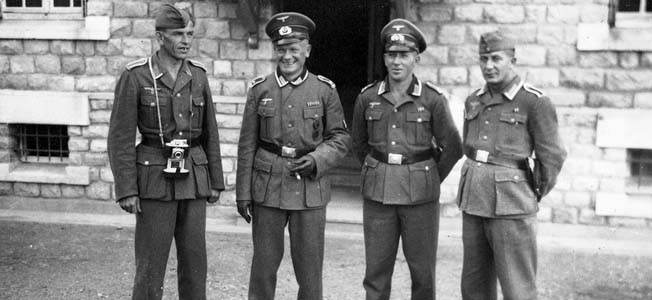
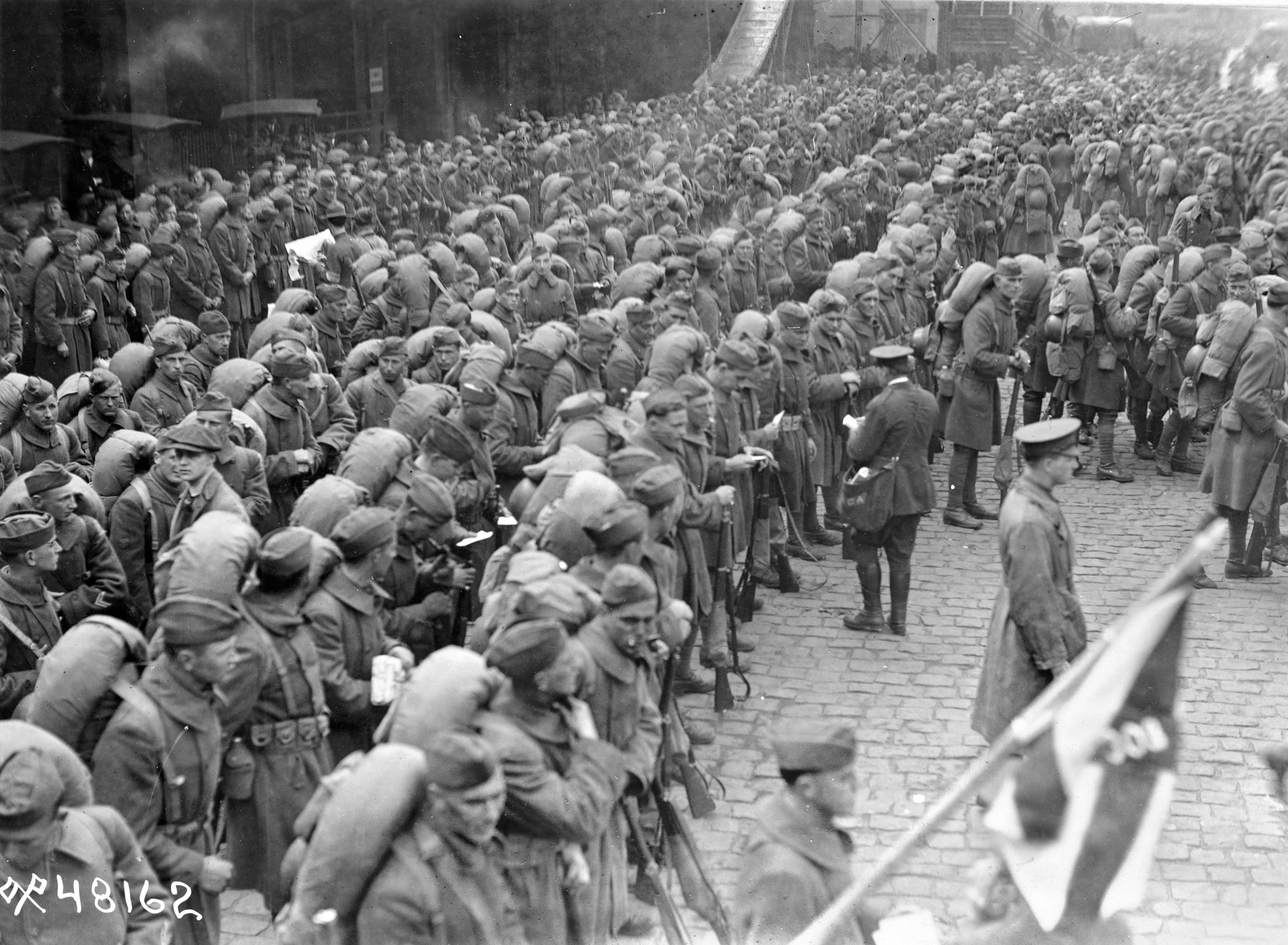

Join The Conversation
Comments
View All Comments